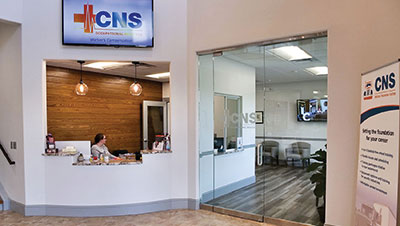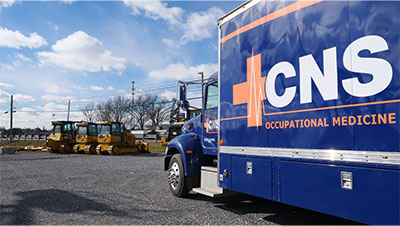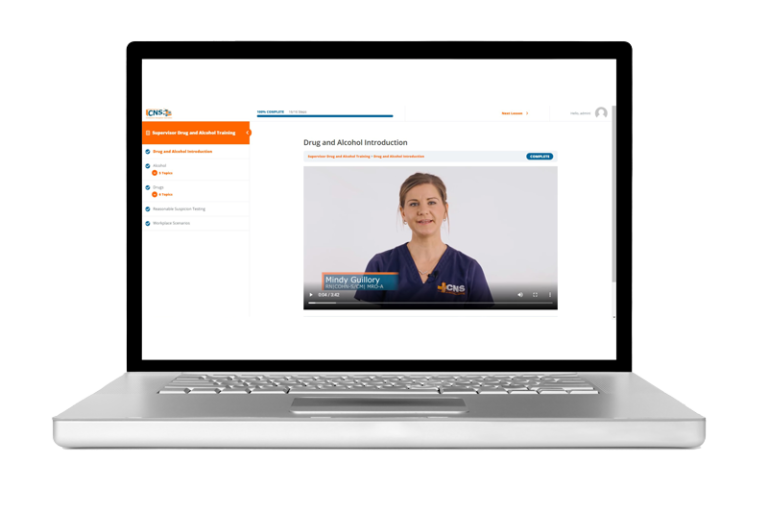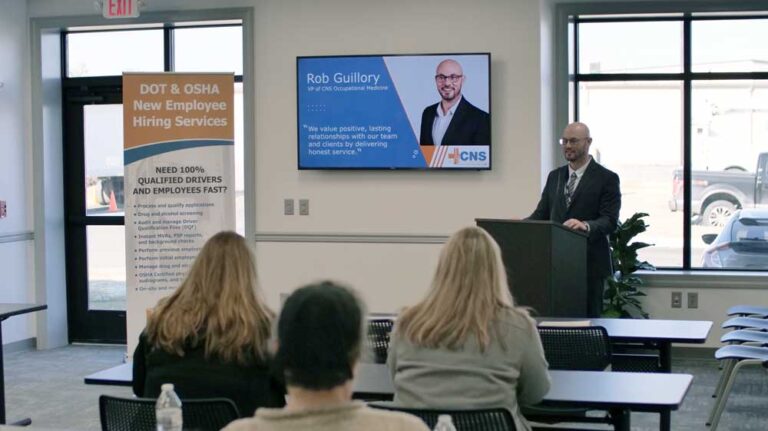There are many laws and regulations in place to protect operators, other employees, and surrounding communities from the potential hazards of working with toxic chemicals like anhydrous ammonia.
Anhydrous ammonia is widely used as a refrigerant in many industrial facilities, including:
- Meat, poultry, and fish processing facilities
- Dairy and ice cream plants
- Wineries and breweries
- Fruit juice, vegetable juice, and soft drink processing facilities
- Cold storage warehouses
- Chemical manufacturing facilities
- Other food processing facilities
- Petrochemical facilities
Ammonia refrigeration safety is addressed in OSHA standards for general industry.
Ammonia refrigeration systems with 10,000 pounds (approximately 2000 gallons) or more of ammonia are a covered process subject to the requirements of the OSHA Process Safety Management (PSM) Standard [29 CFR 1910.119].
If the ammonia refrigeration system has less than 10,000 pounds, the facility is subject to the requirements of the General Duty Clause (see Section 3.1).
Why ammonia safety is important
Based on chemical accidents required by EPA to be reported by industry from 2004-2014, 72% of all reported chemical accidents in Iowa, Kansas, Missouri, and Nebraska involve anhydrous ammonia.
They also found that up to 96% of them are preventable through increased operator training, improved procedures, and better communication of lessons learned.
Exposure to harmful substances in the workplace increased from 379 workers affected in 2019 to 448 workers affected in 2020, and a recent ammonia leak hospitalized two workers in January 2022.
A federal workplace safety investigation into the ammonia leak at a poultry processing plant found their employer might have prevented the incident by ensuring required safety standards were followed, including inadequately implementing and maintaining the process safety management program for controlling anhydrous ammonia hazards in industrial refrigeration systems.
OSHA has proposed $110,630 in penalties.
What are health risks associated with ammonia hazards?
Ammonia is considered a high health hazard because it is corrosive to the skin, eyes, and lungs. It may also result in frostbite since its boiling point is -28ºF.
- Exposure to anhydrous ammonia between 5 and 50 ppm can cause headaches, loss of the sense of smell, nausea, and vomiting.
- Concentrations above 50 ppm result in irritation to the nose, mouth, and throat causing coughing and wheezing.
- Concentrations of 300 to 500 ppm are immediately dangerous to life. People will generally leave the area due to lung irritation, coughing, and shortness of breath. Higher exposures can cause fluid in the lungs (pulmonary edema), and severe shortness of breath, which may possibly lead to death.
Released anhydrous ammonia will rapidly absorb moisture from air and form a dense, visible white cloud. This dense cloud tends to travel along the ground on a cool day. Do not enter a visible cloud of ammonia. It will damage your lungs!
Ammonia is also flammable at concentrations of approximately 15% to 28% by volume in air. When mixed with lubricating oils, its flammable concentration range is increased. It can explode if released in an enclosed space with a source of ignition present, or if a vessel containing anhydrous ammonia is exposed to fire. Fortunately, ammonia has a low odor threshold (20 ppm), so most people will seek relief at much lower concentrations.
Ammonia spills and releases pose a significant threat to workers from skin contact, inhalation, and fire and explosion.
Respirators and respirator fit test requirements
OSHA (Title 29 CFR 1910.134 and Title 8 CCR §5144) requires employers to develop a Respiratory Protection Program and provide respirators to employees “when such equipment is necessary to protect the health of such employee”.
Ammonia refrigeration operators and technicians, with the potential exposure over 25 ppm, must utilize respirators for a variety of their job functions including, but not limited to:
- Oil draining
- Purging non-condensable gasses
- Pump downs
- Transfer operations
Improper use of respirators is dangerous. Respirators should only be used if the employer has a written program that takes into account workplace conditions, requirements for worker training, respirator fit testing, and medical exams, as described in the OSHA Respirator Protection Standard (20 CFR 1910.134).
One of the requirements of OSHA’s Respiratory Protection Program is to conduct a respirator fit test on employees before they begin use of a respirator. The fit test must be conducted “with the same make, model, style, and size of respirator that will be used” by the employee.
OSHA defines two types of fit tests that can be used:
- Qualitative fit test (QLFT) means a pass/fail fit test to assess the adequacy of respirator fit that relies on the individual’s response to the test agent.
- Quantitative fit test (QNFT) means an assessment of the adequacy of respirator fit by numerically measuring the amount of leakage into the respirator.
Due to the potential for eye injury caused by ammonia, it is recommended to use a full-face respirator.
Because of this, it is unacceptable to use a qualitative fit test (QLFT) for entry into a Respiratory Protection Program where anhydrous ammonia is the chemical of concern.
When is medical testing needed with ammonia exposure?
For frequent or potentially high exposure (half the TLV or greater), the following are recommended before beginning work and at regular times after that:
- Lung function tests: The results may be normal if the person is not having an attack at the time of the test.
If symptoms develop or overexposure is suspected, the following is recommended:
- Consider chest x-ray after acute exposure
Any evaluation should include a thorough history of past and present symptoms with an exam. Medical tests that look for damage already done are NOT a substitute for controlling exposure.
Choose CNS Occupational Medicine for your Respirator Physical and Fit Test
Our Occupational Medicine Team follows a specific process for every employee that is tested, including a respirator fit test
- Prior to any employee evaluation, employers are required to complete an information evaluation form on each employee
- The employee will be evaluated using the mandatory OSHA “Respirator Medical Evaluation Questionnaire”
- When an employee is medically cleared to wear a respirator, the PLHCP clinician will provide the employee and employer with a written medical opinion for respirator use
- After being medical cleared for respirator use, the employee may undergo a respirator fit test
Schedule your respirator physical, medical exam, and fit test today.
For more information, contact us at 800.551.9816 or info@cnsoccmed.com.










